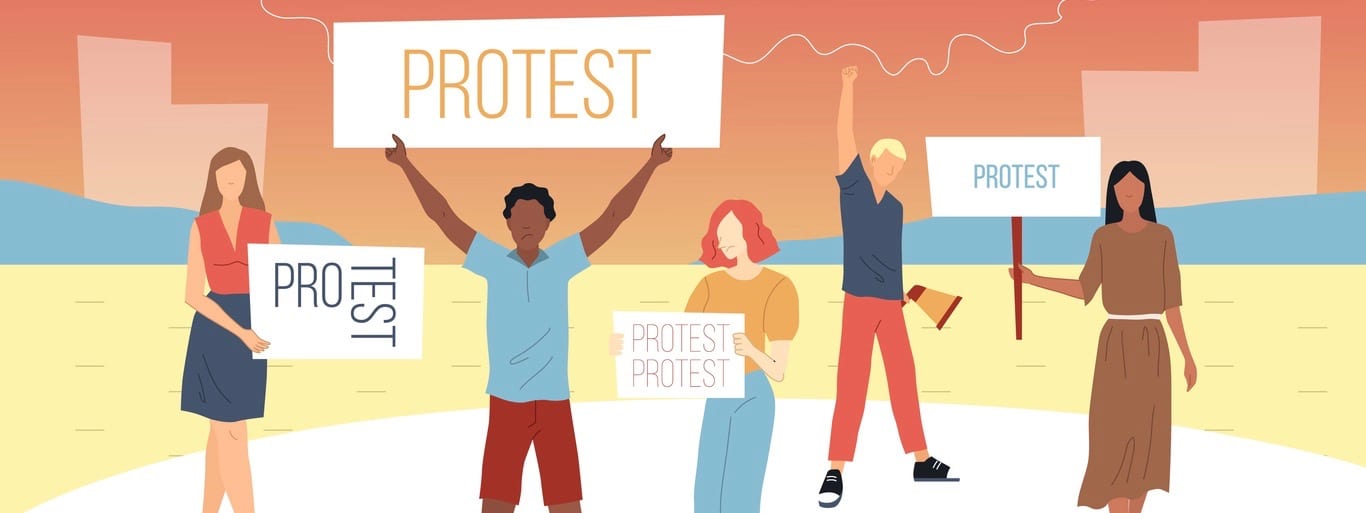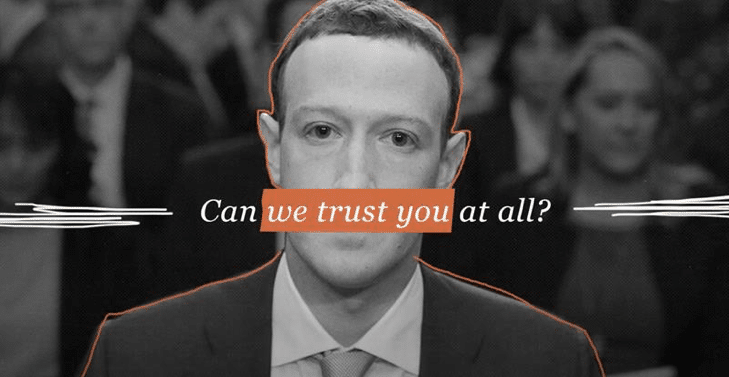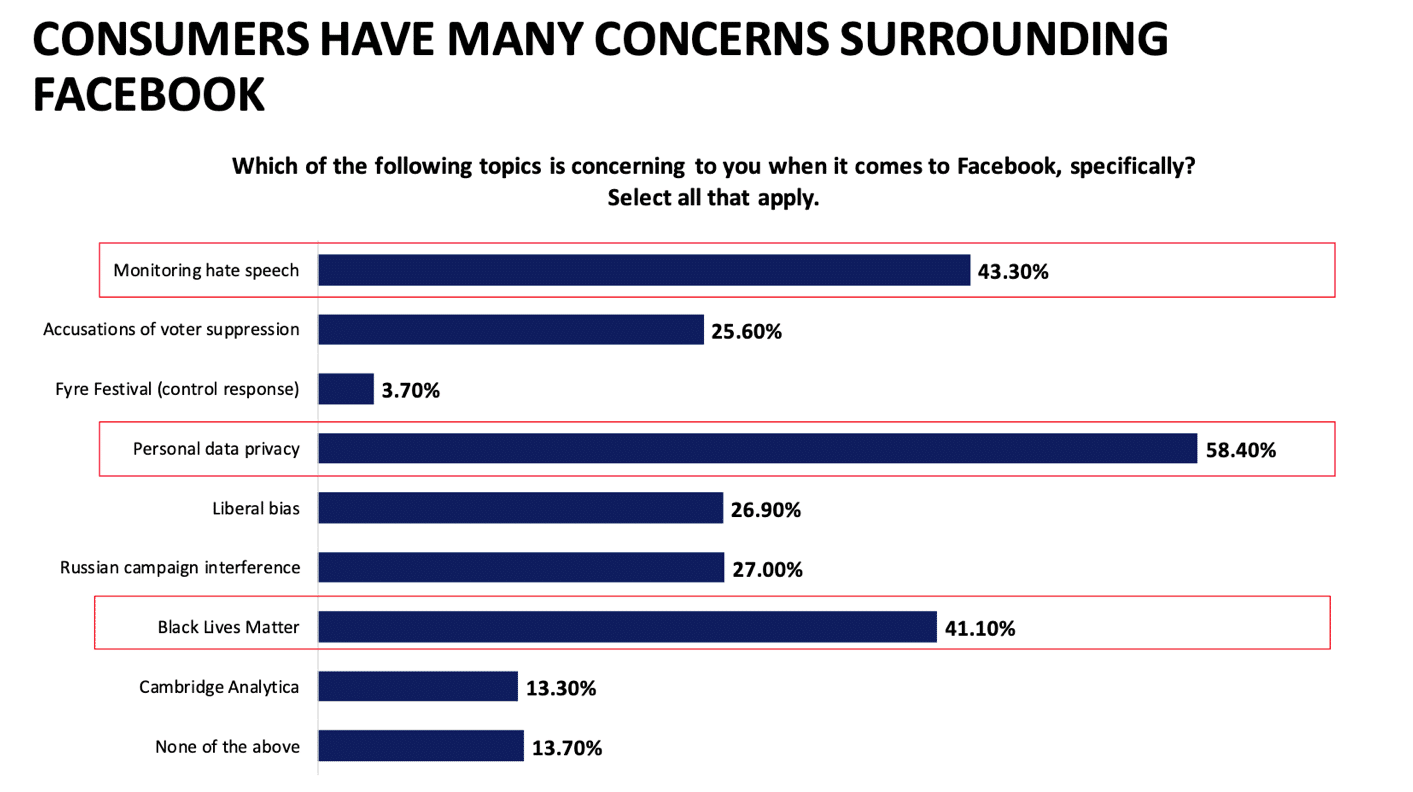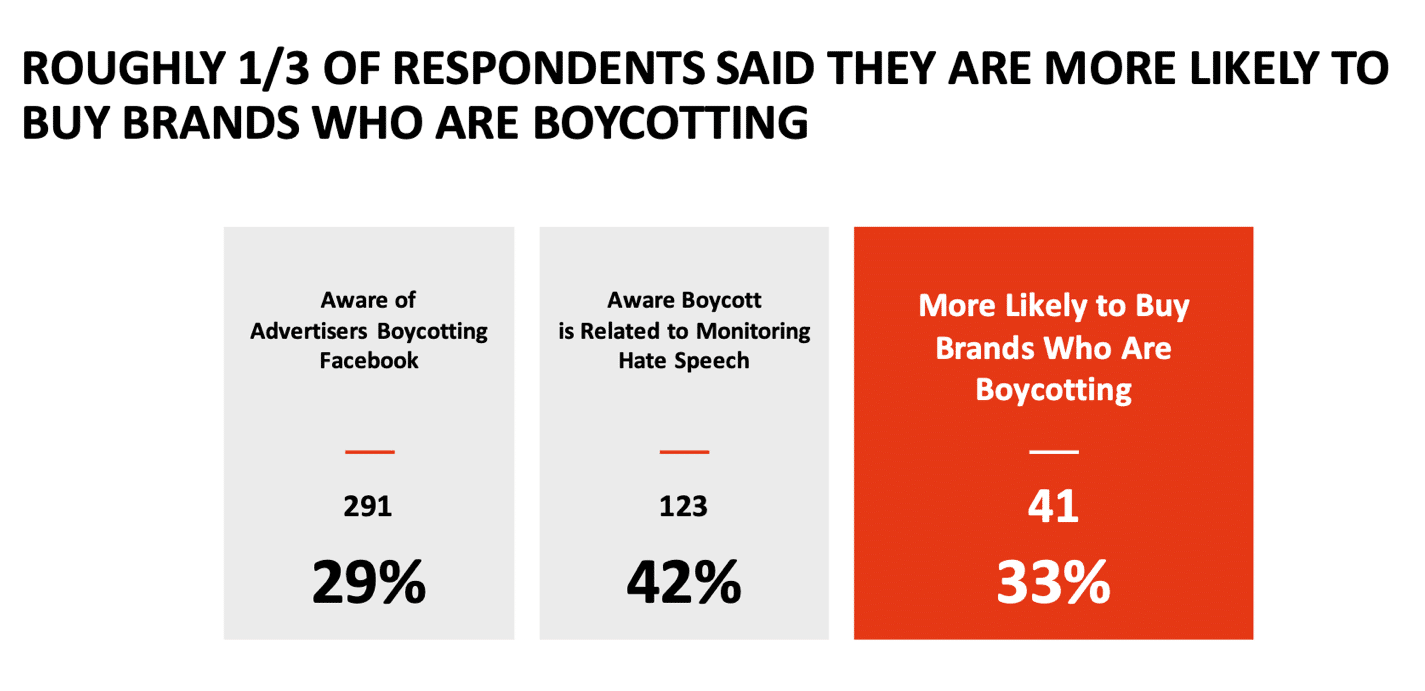Social media boycotts are the new frontier for PR firms, and Facebook is the poster child.
For Facebook, it all started with trust issues. For years, trust in Facebook has been inconsistent, rising and falling with the same volatility as its stock price. From Cambridge Analytica, to monitoring (or lack of monitoring) hate speech, to uncertainty surrounding our upcoming election and dissemination of news, it seems like Facebook can’t stay out of the limelight.
But where is the mainstream audience on the trust issue? Has the lack of trust and calls for Facebook leaders to make systemic change reached the massive Facebook audience? Is trust in Facebook at such a low that our client’s (and their brands) need to reconsider the role Facebook plays in the marketing mix?
Facebook may be the poster child for boycotts, but consumer sentiment and the answers to these questions transcends to all social platforms and brand perception. So, when the Facebook boycott generated headlines and garnered a ton of attention from marketers across the country, we set out to answer them this past July.
The boycott
Calls for a Facebook advertising boycott reached a tipping point at the end of June, 2020. I feared that we were in an echo chamber and that our industry was discussing the boycott at a high volume. The question facing our clients—whether to boycott Facebook or continue to run ads on their platform in the month of July—was a loaded one.
At the time, so many brands were leaning on Facebook to recoup lost revenue from COVID-19. The question was loaded because it also came with serious moral implications for brands, given the simultaneous rise in hate speech on the platform arising out of the Black Lives Matter movement. For brand leads and practitioners, a pro-boycott decision most certainly was more of a revenue and optics/image management decision and less of a social/digital decision. But what if we were in an echo chamber? What would that mean for the boycott?
As brands turned their Facebook ads back on in August, my colleagues at Lippe Taylor and I wondered whetherthe boycott actually worked. Did consumers track how the boycott unfolded? And, did it impact consumers’ relationships with their brands?
The mere threat of the boycott alone technically affected Facebook. Even before July 1, which marked the start of the boycott, Mark Zuckerberg, Facebook’s CEO, outlined changes Facebook could make, but, when compared to the changes called for by the NAACP and other boycott organizers, Facebook’s proposed changes were inadequate to quell the calls for the boycott.
Bottom line: the boycott didn’t hit Facebook where it hurts (itsbottom line). Facebook’s revenue actually went up in the month of July. We hypothesized that as larger advertisers and their deep pockets left the platform, there was less competition in the auction. As a result, small businesses (who happen to make up the lion’s share of Facebook’s customers and revenue) were able to spend more due to cost efficiencies and decreased competition, leading to greater total revenue for Facebook.
If the boycott resulted in marginal change operationally for Facebook and no significant financial hit, did it at least raise awareness or incite change amongst Facebook’s audience?
Consumer sentiment
The boycott may have answered some questions, but it left us with many more unanswered ones. Finding the answers would guide us in preparing our clients for future boycotts, regardless of where they may (digitally) take place.
To answer these questions, we got to work and surveyed 1,000 U.S. consumers, ages 18-54, who use Facebook at leastweekly. Actually, 86.5 percent of our respondents access the platform daily. What we found was that awareness of the (Facebook) boycott was much lower than expected, especially amongst the 18-34 group. Seventy-fourpercentof this demographic were not aware or not sure of a Facebook advertising boycott.
One observation: The disconnect in media coverage, our purview as practitioners and the general consumer zeitgeist is clear, because of the small group (26 percent) awareof the boycott itself, only 42 percent of these were aware that the main objective of the boycott was to get Facebook to monitor hate speech.
Our respondents admit that Facebook is central to their daily digital experience, with quarantine further cementing Facebook’s role in providing connection with friends and family, passing the time, and providing news. However, consumers also indicate, despite using Facebook frequently, that they have concerns with the platform. But these concerns are primarily focused on data privacy and are not tied to the boycott’s mission.
The segment of the consumer base that is fully informed is small, but hyper-interested. For these consumers, participating in the boycott was a significant action for a brand to take, and they viewed this action as a way for brands to take a stand and communicate corporate values. Boycotters earned goodwill from the media and those consumers plugged into the Facebook news cycle. But beyond this goodwill, what did the boycott teach us so that we can be prepared for future boycotts?
Future-proofing
Calls for boycotts will continue. There is a boycott in fact at the time of writing (9/16), which featured celebrities asking users, not brands, to boycott Facebook and Instagram for 24 hours. A 24-hour consumer boycott is likely not to marshal change at Facebook, or any other platform. But, a call for a long-lasting consumer boycott would hurt Facebook and any other platform significantly by reducing the number of daily active users (DAUs).
Fewer DAUs leads to a reduction in advertising demand. Cut the demand for advertising; cut platform (Facebook’s) revenue. Even though we didn’t bring out our crystal ball, we don’t think this (a long-lasting consumer boycott) is likely to happen any time soon.
While the boycott requires us to prepare for the next one….and the next one, for now, the Facebook boycott reveals one undeniable truth for practitioners—we can no longer put as many of our marketing and communication eggs into the Facebook basket.
As we edge closer to the election and its aftermath, there will be the inexorable rise in hate speech with the attendant negative coverage of Facebook. So, it is likely, if not probable that there will be another call to boycott Facebook. This inevitable next event heightens the risk that our brand’s behavior on the platform could negatively impact our brand’s image and reputation. This negative impact is amplified especially if there are more influential voices, like celebrities, participating and calling attention to the problem (and that next boycott).
The challenge facing us is in getting ahead of the next boycott. We do that by preparing for it now. Following are some ways to safe guard for the future for each of the brands we represent; these suggestions focus on Facebook but should be applied across the spectrum of platforms:
- Re-evaluate your comprehensive approach to social. If you did boycott Facebook this past July, how did this affect sales? Customer relations? Owned communications? And if you did not boycott, what tests can you run to evaluate your amplification strategy? Ensure that you understand where purchase-intent and sales come from, and work to allocate to Facebook an appropriate piece of the pie. Now is the time to test and learn!
- Prepare statements for a future boycott; identify a taskforce to act nimbly and empower key stakeholders to execute a pre-approved plan across different scenarios.
- Create a bucket of flexible content; Ensure your Facebook content is agile, and that it can be rescheduled quickly and easily, if needed. Focus on content you can use to tell your brand story and key messages across platforms, beyond Facebook.
- Turn on social listening and real-time monitoring! Understand sentiment and conversation drivers as best you can.
- Revisit your tone, voice and brand persona. Your content will continue to appear amid controversial content or comments, making tone, voice and channel strategy critical. If you do not have a persona for your brand, now is the time to develop it.
- Balance your owned channels with shared channels and earned media to ensure you are not overly relying on Facebook to communicate with your audience or consumers.






